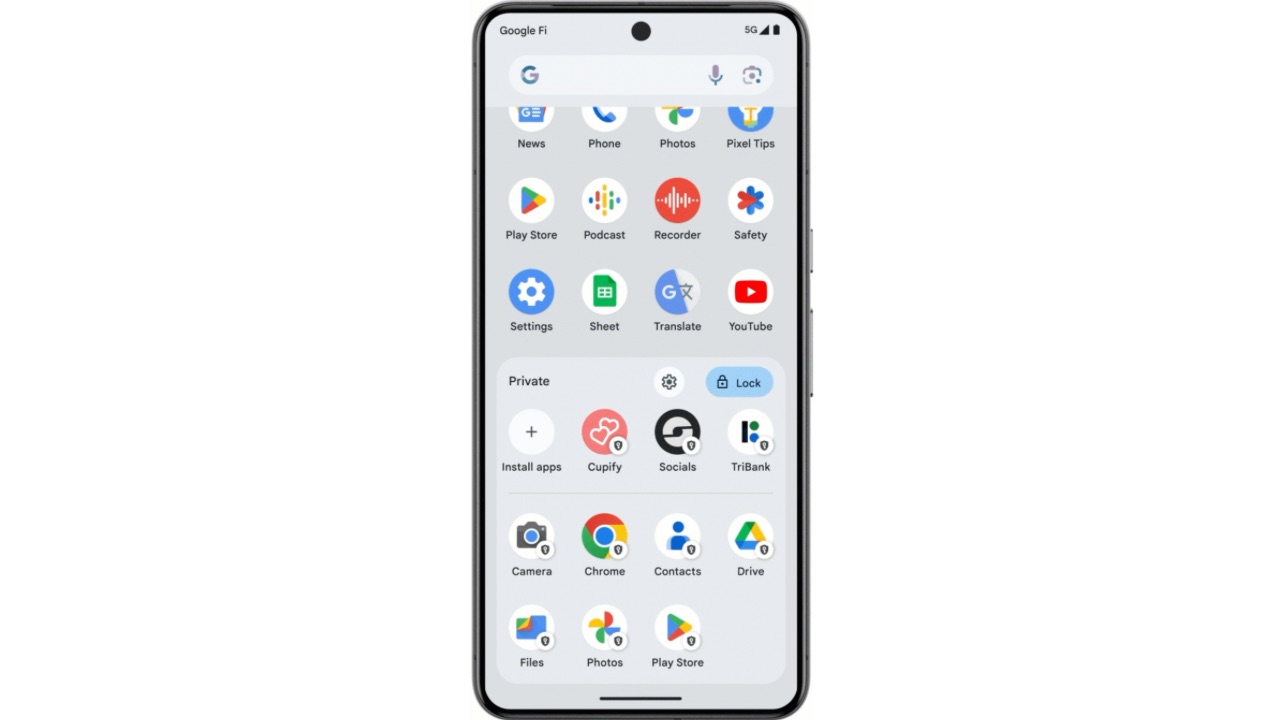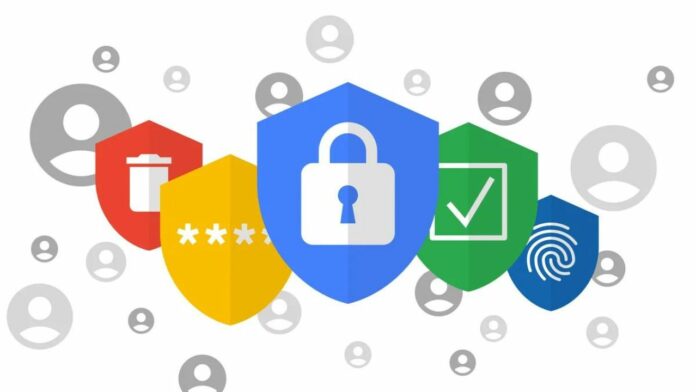Google released the second beta of Android 15 for its Pixel devices that comes out with a vast set of improvements and also introduces new features, one of which caught our eye. While we are going to detail every new feature that comes with the Android 15 Beta 2 update below, the one called ‘Private Space’ is something we have seen before on Samsung devices and isn’t really as new as one would think.
Private Space = Secure Folder

Google introduced a new feature called Private Space in Android 15 Beta 2, which allows users to create a separate space on their device where they can keep sensitive apps away from prying eyes, under an additional layer of authentication. Private space uses a separate user profile. When private space is locked by the user, the profile is paused, i.e. the apps are no longer active.
The user can choose to use the device lock or a separate lock factor for private space. Private space apps show up in a separate container in the launcher, and are hidden from the recents view, notifications, settings, and from other apps when private space is locked. User generated and downloaded content (media, files) and accounts are separated between the private space and the primary space. The system sharesheet and the photo picker can be used to give apps access to content across spaces when private space is unlocked.
If you are a Samsung user, you’d be familiar with almost each of the above features in Google’s Private Space feature in Android 15 as the Secure Folder offers the exact same functionalities. While it’s definitely a welcome improvement now that it’s natively built into Android, Samsung users have already been taking advantage of it for years and it cannot be called an entirely new feature.
New Features & Improvements In Android 15 Beta 2
Aside from the Private Space feature, here’s what’s new with Android 15 Beta 2:
Support for 16 KB pages
Google is making Android 15 more efficient with a set of new improvements. It adds support for devices that use larger page sizes, with support for 16 KB pages in addition to the standard 4 KB pages. Devices with larger page sizes can have improved performance for memory-intensive workloads. Google says it found these improvements while testing the new feature:
- Lower App launch times while the system is under memory pressure: 3.16% lower on average, with more significant improvements (up to 30%) for some apps that we tested
- Reduced power draw during app launch: 4.56% reduction on average
- Faster camera launch: 4.48% faster hot starts on average, and 6.60% faster cold starts on average
- Improved system boot time: improved by 1.5% (approximately 0.8 seconds) on average
As device manufacturers continue to build devices with larger amounts of physical memory (RAM), many of these devices will adopt 16 KB (and eventually greater) page sizes to optimize the device’s performance, says Google. Google says that it plans to make 16 KB page compatibility required for app uploads to Play Store starting next year.
Read More: Google I/O 2024 Was All About Entering The Gemini Era: Check All Announcements
Foreground services changes
Foreground services keeps apps running in an active state to perform user-visible and critical tasks. Now, “dataSync” and “mediaProcessing” foreground service types have a ~6 hour timeout after which the service is no longer considered a foreground service. If the service doesn’t stop itself, it’ll get stopped with a failure. In addition, foreground services that rely on the “SYSTEM_ALERT_WINDOW” permission exemption for background starts are now required to have a visible overlay when targeting Android 15.
New PiP Animation
Android 15 introduces new changes in Picture-in-Picture (PiP) ensuring an even smoother transition when entering into PiP mode. This will be beneficial for apps having UI elements overlaid on top of their main UI, which goes into PiP.
Personalised Widget Previews
App developers can make the widgets of their apps stand out by showing a personalised preview. Apps targeting Android 15 can provide Remote Views to the Widget Picker, so they can update the content in the picker to be more representative of what the user will see.
Predictive Back Gesture Enabled By Default
Predictive back gesture provides a smoother, more intuitive navigation experience while using gesture navigation, leveraging built-in animations to inform users where their actions will take them to reduce unexpected outcomes. This feature was earlier hidden in Developer options but will now be enabled by default in Android 15.
Better Multitasking For Bigger Screens
Android 15 beta 2 gives users better ways to multitask on large screen devices. For example, users can PIN the taskbar on screen to quickly switch between apps or save their favorite split-screen app combinations for quick access. For instance, you can create a pair of apps such as of Google Sheets and Google Drive both of which will open alongside each other in a split screen view by default, rather than manually entering the split screen UI.
Background Activity Launches Are Securer
Android 15 protects users from malicious apps and gives them more control over their devices by adding changes that prevent malicious background apps from bringing other apps to the foreground, elevating their privileges, and abusing user interaction. Malicious apps within the same task can launch another app’s activity, then overlay themselves on top, creating the illusion of being that app. This action is now being prevented in Android 15.
Other Improvements
Now, Android 15 Beta 2 lets apps set rich vibrations for incoming notifications by channel. This lets users distinguish between notifications by haptics. According to Mishaal Rahman’s findings, Android 15 will also allow Pixel users to set adaptive vibrations that will set the vibration strength by fetching data from the sensors on board the device. Some other new features spotted include Bluetooth auto-on support, a redesigned volume panel, detailed separation of system storage to let user know how much space Android takes up, and the requirement to enter the Password when changing the device screen timeout values.
Then, Health Connect has gotten 2 new data types including skin temperature and training plans. You can now also choose how the OS addresses you (grammatical gender) by going to language settings. Next, apps can now highlight only the most recently selected photos and videos when a user grants partial access to media permissions. New APIs to perform permission checks on content URIs have also been added.
Aside from that, Android 15 introduces ANGLE as an optional layer for running OpenGL ES on Vulkan, standardizing the Android OpenGL implementation. ANGLE will become the default GL system driver on more new devices, aiming for GL/ES to be exclusively available through ANGLE.
Now, dav1d, the popular AV1 software decoder from VideoLAN is available for Android devices not supporting AV1 decode in hardware. It is up to 3x more performant than the legacy AV1 software decoder, enabling HD AV1 playback for more users, including some low and mid tier devices.
Next up, Intents that target specific components must match the target’s intent-filter specifications. Intents without an action will no longer match any intent-filters. Finally, in Beta 2, there are API-related updates from ICU 74. The font file for Chinese, Japanese, and Korean is now a variable font. Additionally, a font file for the Japanese Hentaigana font has been added. TextView now allocates extra width for cursive fonts or complex language characters to prevent clipping.


